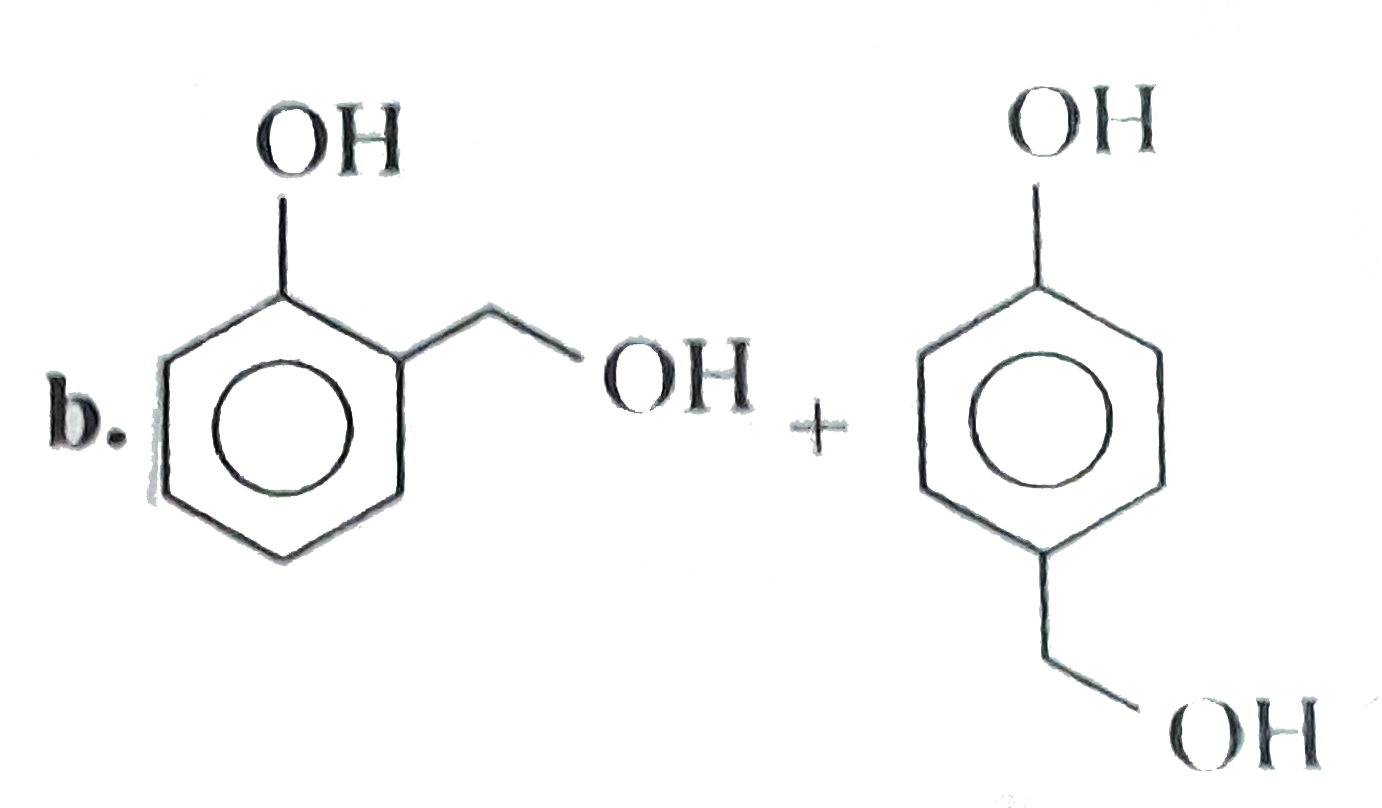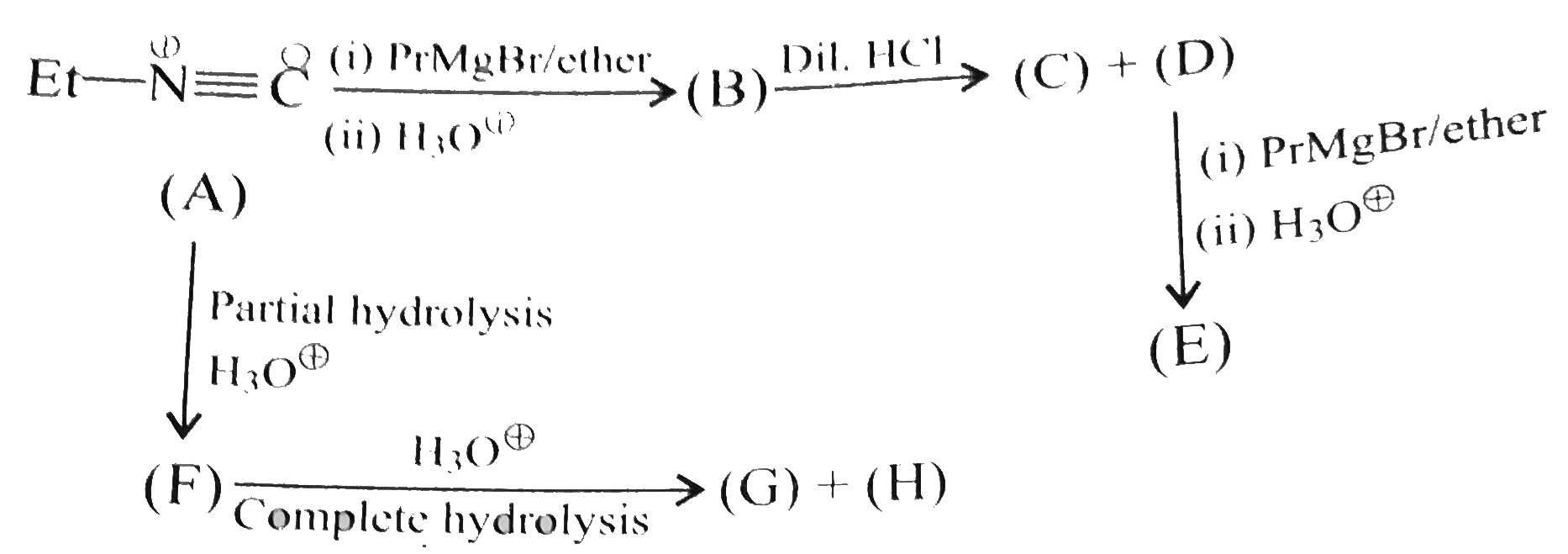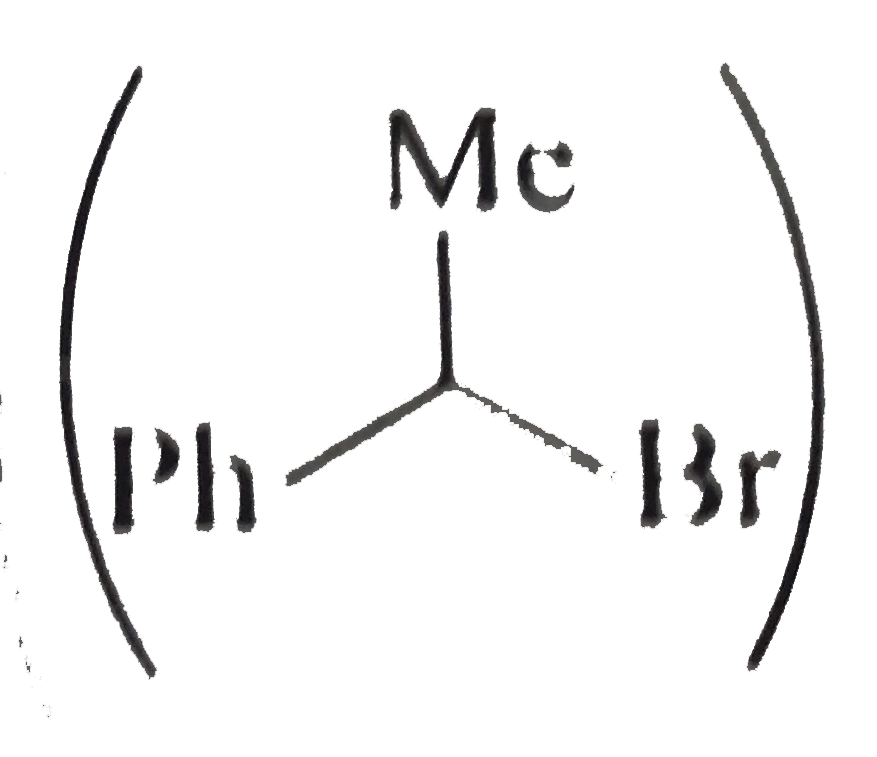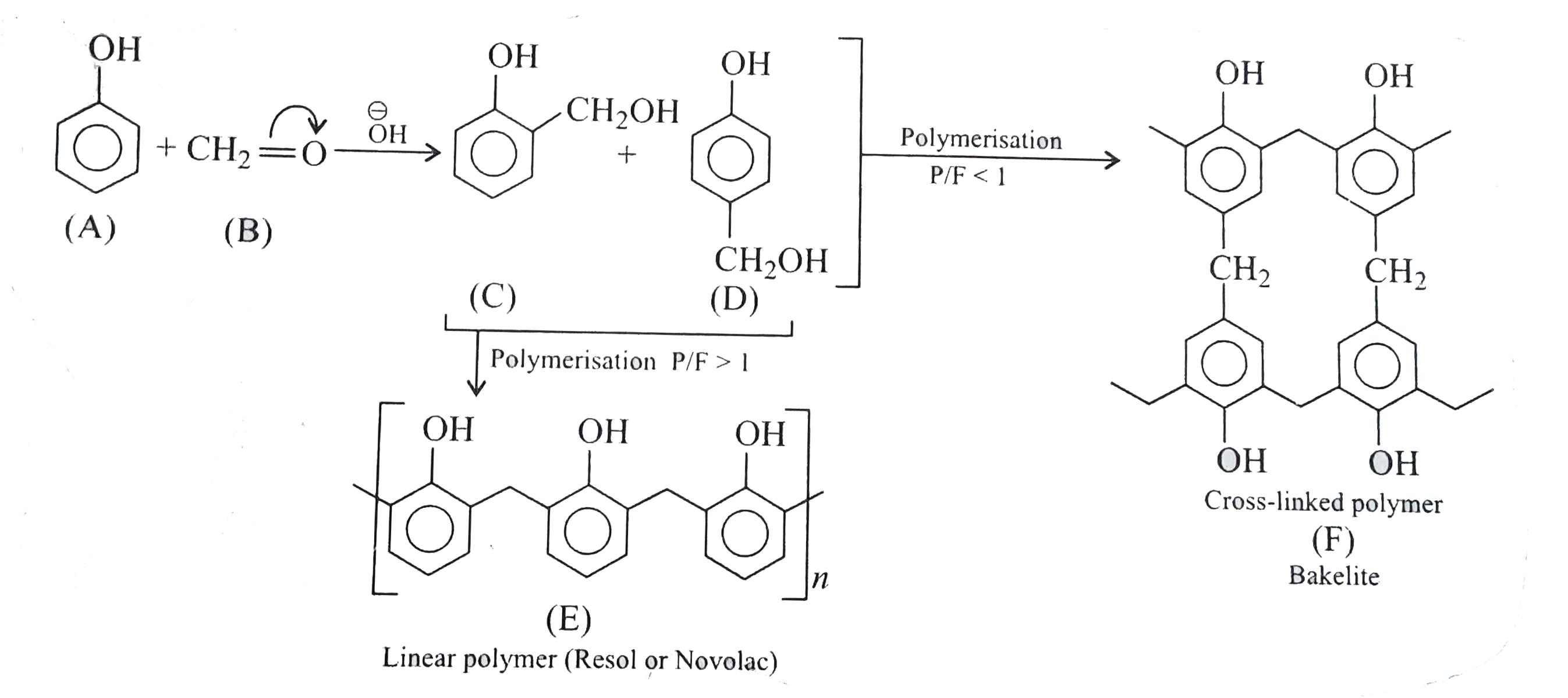
Compound (C ) and(D) are:




The correct Answer is:B
Topper's Solved these Questions
- SYNTHETIC AND NATURAL POLYMERSBook:CENGAGE CHEMISTRYChapter:SYNTHETIC AND NATURAL POLYMERSExercise:Exercises Multiple Correct
Explore 28 Videos
- SYNTHETIC AND NATURAL POLYMERSBook:CENGAGE CHEMISTRYChapter:SYNTHETIC AND NATURAL POLYMERSExercise:Exercises Single Correct
Explore 94 Videos
- SYNTHETIC AND NATURAL POLYMERSBook:CENGAGE CHEMISTRYChapter:SYNTHETIC AND NATURAL POLYMERSExercise:Exercises Concept Application
Explore 20 Videos
- SURFACE CHEMISTRYBook:CENGAGE CHEMISTRYChapter:SURFACE CHEMISTRYExercise:Archives Subjective
Explore 2 Videos
Similar Questions
(a) On bolining a mineral (A) with Na2CO3 solution, a white precipirtate (B) is formed.
(b) The precipitate is fitered and the filtrate contains two conpounds (C) and (D). The componds (C) is removed by crystallisation and when CO2 is passed through the mother liquor left, (D) changes to (C).
( c) On strongly heating (C), two compounds (D) and (E) are formed.
(d) (E) on heating with cobalt oxide provides blue-coloured substance (F).
Identify (A) to (F) and give chemical reaction for (a) to (d).
View Solutionalkali metal (A) on flame test gives a crimson red colour to the Busen flame. (A) on heating in air gives compound (C ) and gas (D). Gas (D) with Nessler's regent gives a brown precipitate Identify (A), (B), (C ) and (D).
View Solution
Knowledge Check

Compounds (C ) and (D) respectively are :AAgNO3andHg(NO3)2BAgNO3andCu(NO3)2CPb(NO3)2andBi(NO3)3DAgNO3andBi(NO3)3
Compound (C ) and (D) rae respectivelyAPbO,PbCI2BPbCI2,PbCI2CPbO,PbO2DPbS,PbO
The compounds (C) and (D), respectively, are :AEtNH2 and PrCH=OBEt−NH−Pr and HCOOHCPrNH2 and EtCH=ODEtNH2 and PrCH2OH.
Explain the following observation:
 Two compounds (C and D)
Two compounds (C and D)
 One compound (E )
One compound (E )
View Solution
Compounds (C) and (D) can be distinguished by :
View Solution(i) Carboxylic acid

(ii) Compound (D) is prepard by carbonation(Mg/ether,CO2/H3O+) of compound
(iii) Compounds (A) and (D) give positive test with CrO3 in acid.
Compound (C) is :
View SolutionAn organic compound containing C, H and O gives following observations:
(i) It exists in two isomeric forms (A) and (B).
(ii) 0.108 g of one of the isomers on combustion gave 0.308 g of CO2 and 0.072 g of H2O
(ii) 0.108 g of one of the isomers on combustion gave 0.308 g of CO2 and 0.072 g of H2O
(iii) (A) is insoluble in NaOH and NaHCO3 while (B) is soluble in NaOH.
(iv) (A) reacts with Hl to give compound (C ) and (D). (C ) can be separated from (D) by ethanolic AgNO3 solution and (D) is soluble in NaOH.
(v) (B) readily reacts with bromine water to give compound (E) of molecular formula C7H5OBr3
Compound (B) in the above passage is
View SolutionAn organic compound containing C, H and O gives following observations:
(i) It exists in two isomeric forms (A) and (B).
(ii) 0.108 g of one of the isomers on combustion gave 0.308 g of CO2 and 0.072 g of H2O
(ii) 0.108 g of one of the isomers on combustion gave 0.308 g of CO2 and 0.072 g of H2O
(iii) (A) is insoluble in NaOH and NaHCO3 while (B) is soluble in NaOH.
(iv) (A) reacts with Hl to give compound (C ) and (D). (C ) can be separated from (D) by ethanolic AgNO3 solution and (D) is soluble in NaOH.
(v) (B) readily reacts with bromine water to give compound (E) of molecular formula C7H5OBr3
Compound (A) is
View Solution


